Burbuļu sezonā – jaunumi no Šampaņas!
-
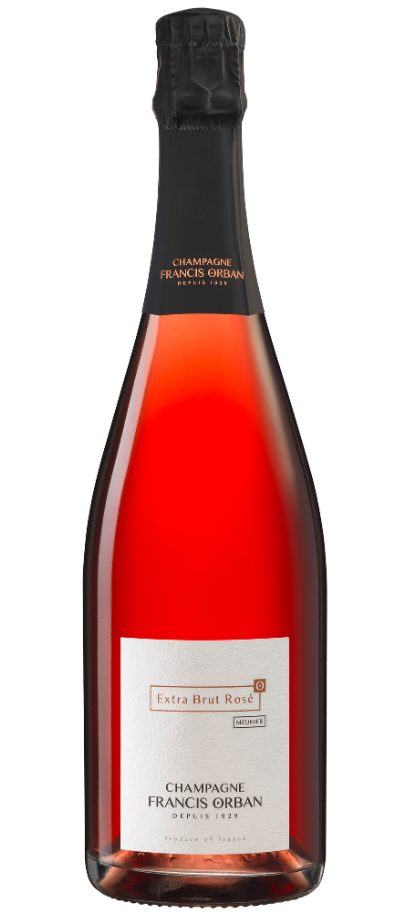
Francis Orban Brut Rose NV

52,70 € Original price was: 52,70 €.44,79 €Current price is: 44,79 €.
Pievienot
-
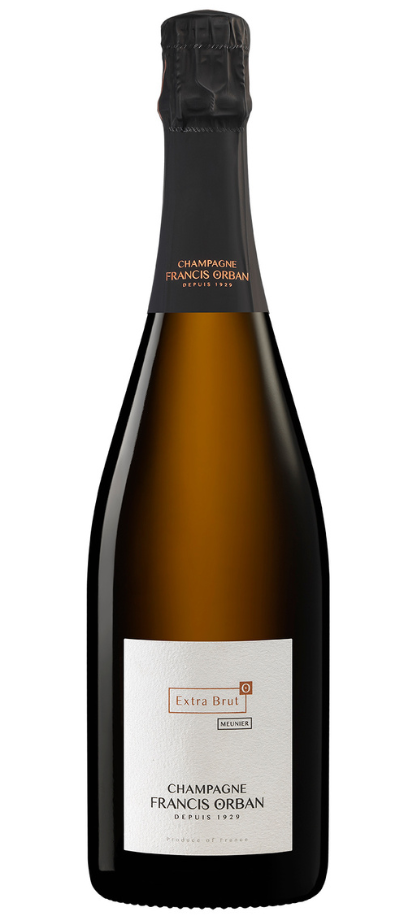
Francis Orban Blanc de Noirs Extra-Brut NV

53,80 € Original price was: 53,80 €.45,73 €Current price is: 45,73 €.
Pievienot
-
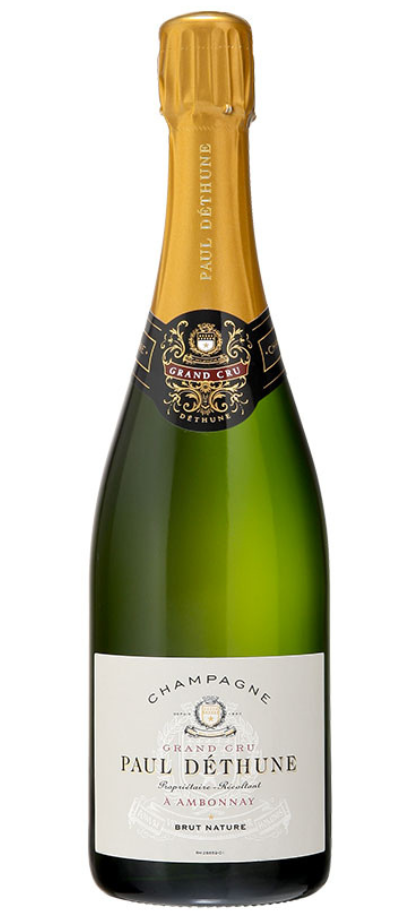
Paul Dethune Brut Nature NV

67,50 € Original price was: 67,50 €.57,37 €Current price is: 57,37 €.
Pievienot
-
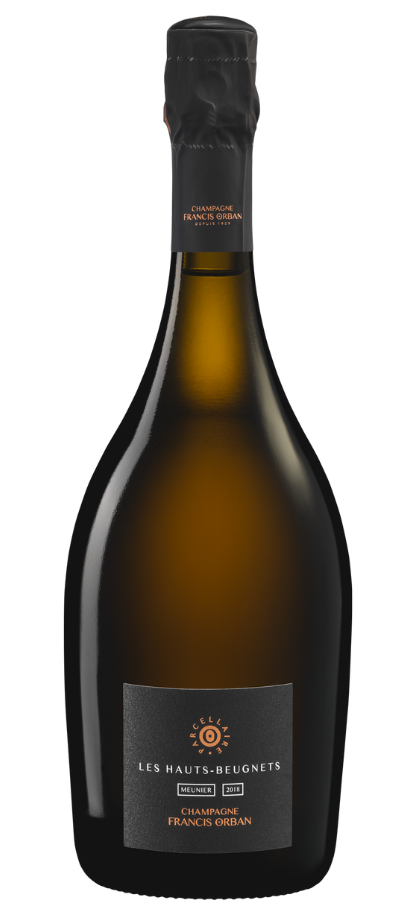
Francis Orban Blanc de Noirs Extra-Brut “Hauts-Beugnets” 2018

118,50 € Original price was: 118,50 €.100,73 €Current price is: 100,73 €.
Pievienot
-
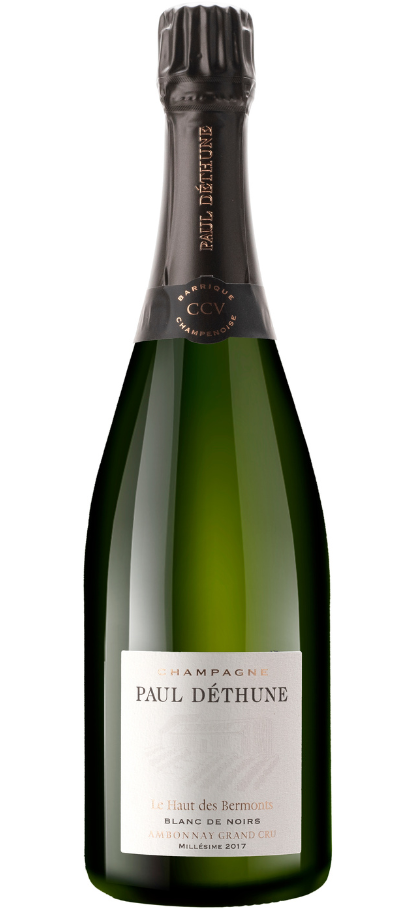
Paul Dethune Extra-Brut Blanc de Noirs “Haut des Bermonts” 2017
 130,00 €
Pievienot
130,00 €
Pievienot
-
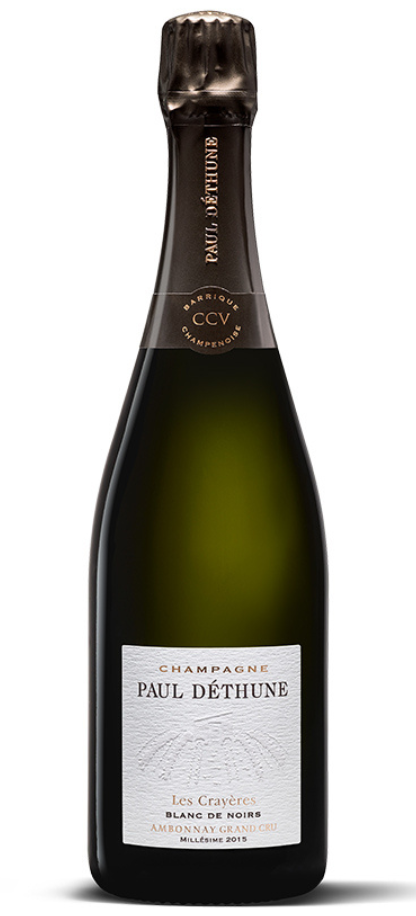
Paul Dethune Extra-Brut Blanc de Noirs “Crayeres” 2017
 140,00 €
Pievienot
140,00 €
Pievienot
-
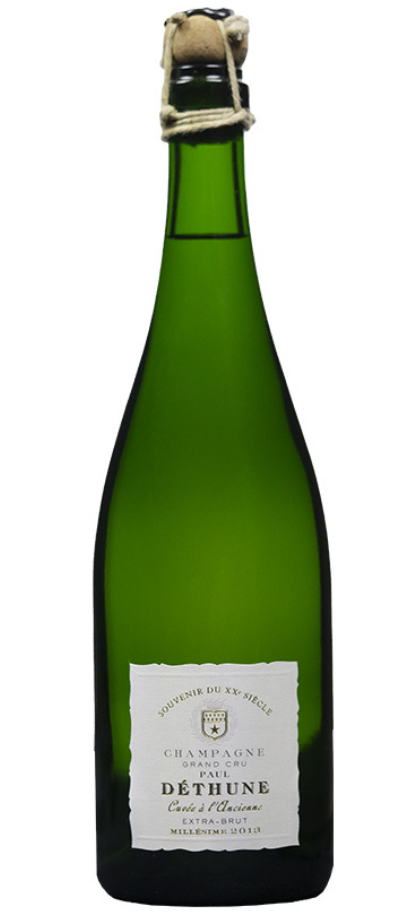
Paul Dethune Extra-Brut “l’Ancienne” 2016
 150,00 €
Pievienot
150,00 €
Pievienot
Noble Wine Ziemassvētku delikatešu kolekcija
Uzdāviniet labu garastāvokli
Jūsu iecienītākais vīns, neizejot no mājām
Kad nevarat atrast to, ko meklējat
Atrodiet sava īpašā gada armanjaku!
-

De Montal armanjaks 1992 0,7L
 93,70 €
Pievienot
93,70 €
Pievienot
-
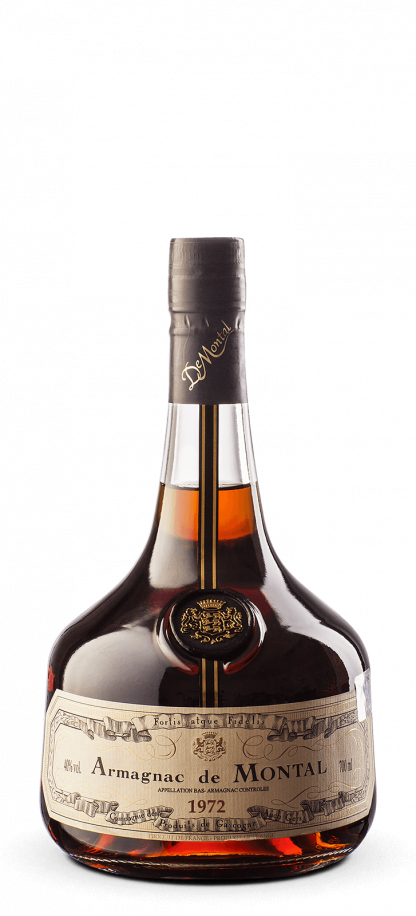
De Montal armanjaks 1972 0,7L
 173,70 €
Pievienot
173,70 €
Pievienot
-
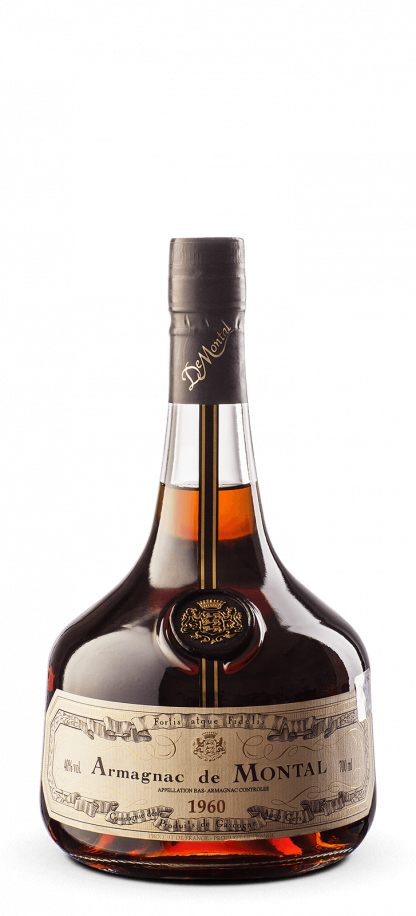
De Montal armanjaks 1960 0,7L
 563,70 €
Pievienot
563,70 €
Pievienot
-
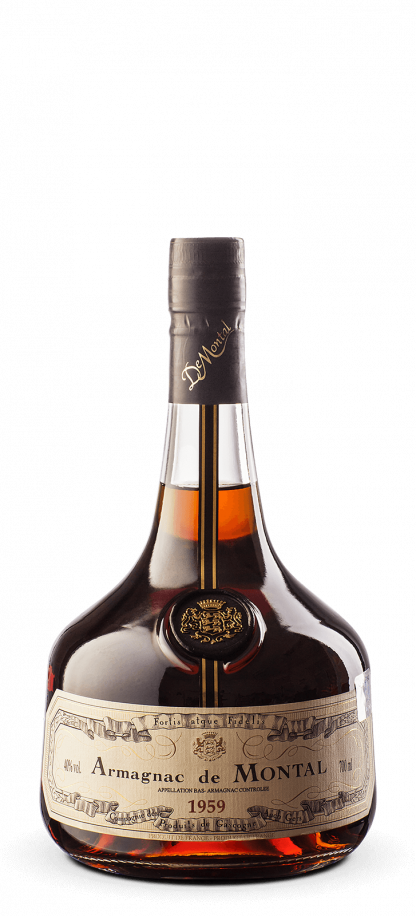
De Montal armanjaks 1956 0,7L
 618,20 €
Pievienot
618,20 €
Pievienot
-
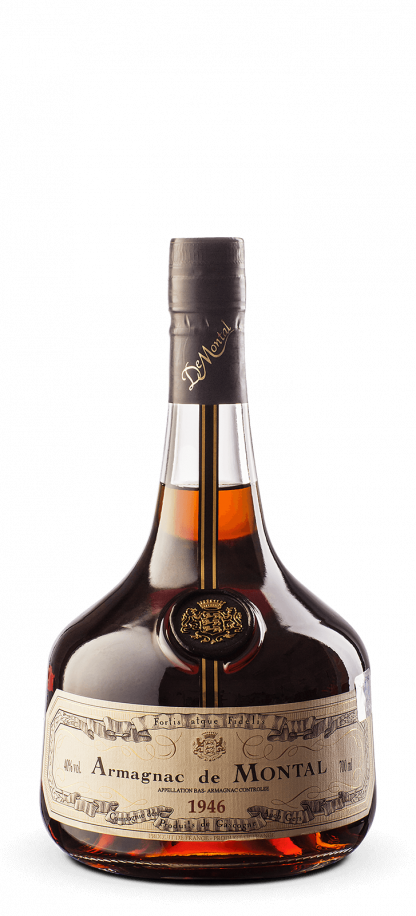
De Montal armanjaks 1946 0,7L
 1 034,60 €
Pievienot
1 034,60 €
Pievienot